Change is constant, and usually seems negative at first… Resistance is like trying to dam river-rapids, but struggles also flow
to new paths of creativity. I have known RAOUL OLLMAN for nearly 20 years. We were colleagues at the California College of the
Arts (and Crafts), where he was a respected Graphics Production specialist teaching digital studios in the Graphic Design program.
Our tangible paths diverged when that machine spit us out, but we’ve kept an eye out for each other online, watching how
LIFE CHANGES MAKING.
Consequently, we both have approached photography anew from the stances of design and graphics. I noticed a difference
between the variety of work that Raoul exhibits on his website versus the exclusively black-and-white photos he features on his
Instagram page. Below, I ask him why :
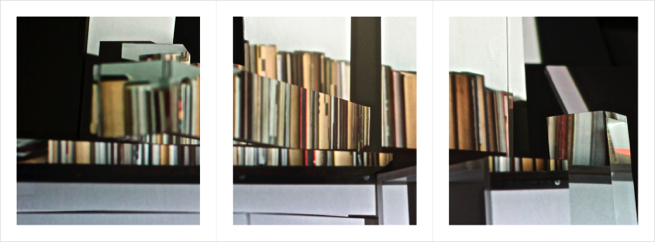
Life Changes Making / Profile on Raoul Ollman
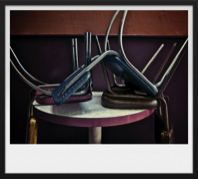
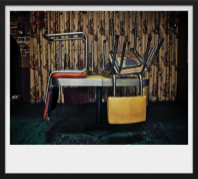
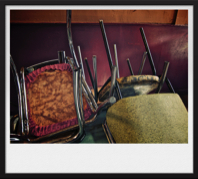
1. How have life events changed your photography ?
Hi Jim, thanks for reaching out and supporting what I love
to do – ‘means a lot to me.
In a nutshell, I became a dad four years ago, and that obviously was a big life change for me, and it affected my work on a really deep level. Prior to being a dad, I liked a drink more-often-than-not, and my photos reflected a sort of sensitivity to loneliness and a missing of something.
French has a word for this, manqué, and it is rich w subtext… I really felt that those moments of peripheral contact – you know when you’re walking along and something catches your eye but we usually keep walking – deserved observation, and when they were well-lit and sad enough, haha, I would capture them. Most of those shots were in color, and I would edit and post-process them, until I felt they had my voice, etc…
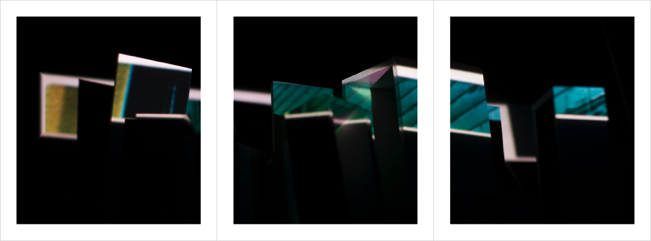
I had a couple shows where I put a lot of time-and-energy
into the creative process, a lot of color work and in one case – pushed as I was by my co-conspirators in a group-show – to break out of my comfort zone and do something I had never done… The Thing Itself work was done by projecting my photos onto various forms made of different material and
shooting them thus and making huge prints. I think the smallest of that series was 4 x 6 feet. The results were unlike anything I had done prior or since… One day I would love to re-visit that process and make more work, but with the baby etc, I lost the space to have-and-make such a mess in…
And so, when I became a dad, I drank not so much – if at all – and I wasn’t as sensitive to that missing thing that I had felt so close to. Side note : I didn’t shoot people so much in the past, certainly not portraits like I do now, and then I also no longer have the free time to massage the photos like I used to…
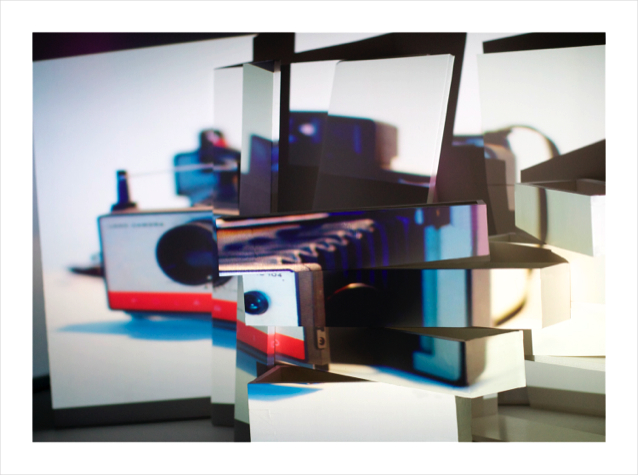
Yes, I do. It’s just that even as rich as a greyscale image is, there aren’t all the color considerations to take into account.
It really boils down to the essence of a good photo : framing, light ( I shoot most everything with natural light ) and subject / mood. And I feel that to make a great color image in some ways – and I mean a great one and there are tons of really good ones out there – requires so much more work.
If I made my living off’ve photography, which I don’t – I’m still in the graphic design field – I would certainly put more of the energy into it. But also, because it’s not work-for-hire, I am the master – my creation, so I get to shoot what and when and how I want.
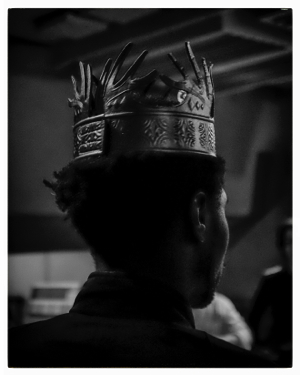
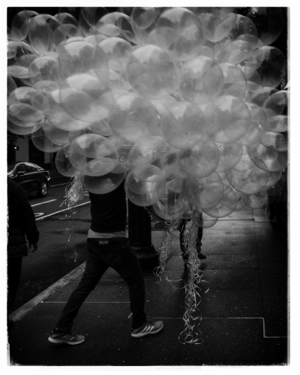
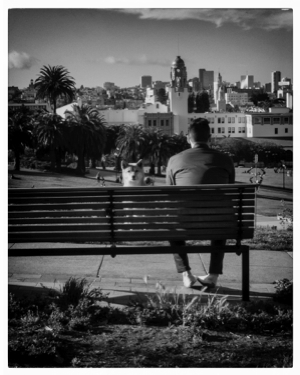
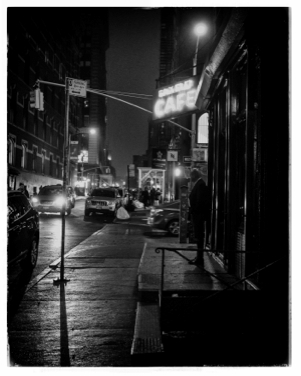
I can’t emphasize how important that is for me – 30+ years in the design field making things for others will do that to one…
As to how much I edit, it’s really just like a darkroom experience : a little exposure play, some contrast, sharpening, add a touch of vignette and a border… 'Don’t know why but I love a border on my images. I guess it’s to separate it from the screen somehow – of course it also feels more like film which is a nice touch to the image, a reminder that a camera shot the image and not a phone camera, although some of the pics are from my phone.
I also border many of my photos. It’s a frame telling the viewer that this is not a snapshot of little Suzy’s birthday party. It’s art of form, a language beyond the subject.
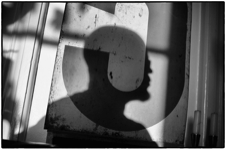
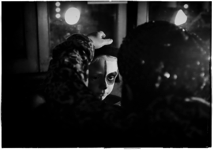
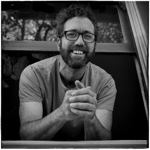
I love that the creative unconscious is exposed, in that you
can see the visual language flourishing all over the world simultaneously. I mean that if one day you are seeing people shooting into the sun, and then more and more shots are reflecting that style : a) note to self, don’t shoot anything like that, ha; and b) wow, we really are all connected in a way, and I don’t know of any other medium that reflects that human aspect of connection quite as succinctly. Sure, some of it you can write-off to people imitating what they like, but sometimes it happens at the same time, so you know
there’s more to it than that.
Getting appreciated by peers, you’d never have the chance to meet, is always rewarding too, of course. And discovering all the amazing photographers out there living and breathing their exquisite imagery from places you might not ever get the chance to visit or the opportunity to get into that slice of the culture to capture.
Yes, I feel I should comment on what Instagram has meant for me.
2. But I can also see that some of your work went beyond first-person exposures ?
You are now developing the mind of wee-one?
I just read a great quote:
“I wish someone had told me
it doesn’t really matter
what anyone else thinks about you,
because you’ll never really know.
What I think is what matters.”
– Sarah Oliphant,
who is the world’s most famous artist you don’t know.
She paints photographic backdrops for the likes
of Annie Leibovitz et al.
3. Certainly, if you publish your B&W photos, you must consider them finished by you ?
